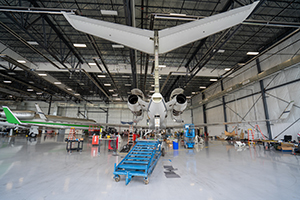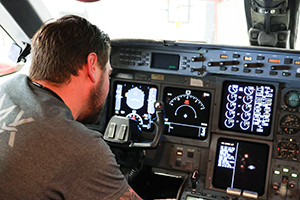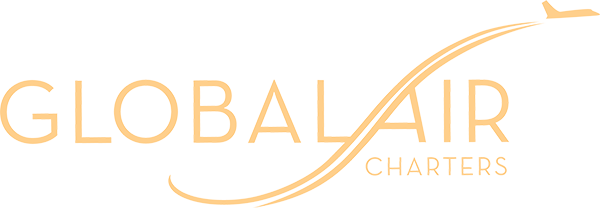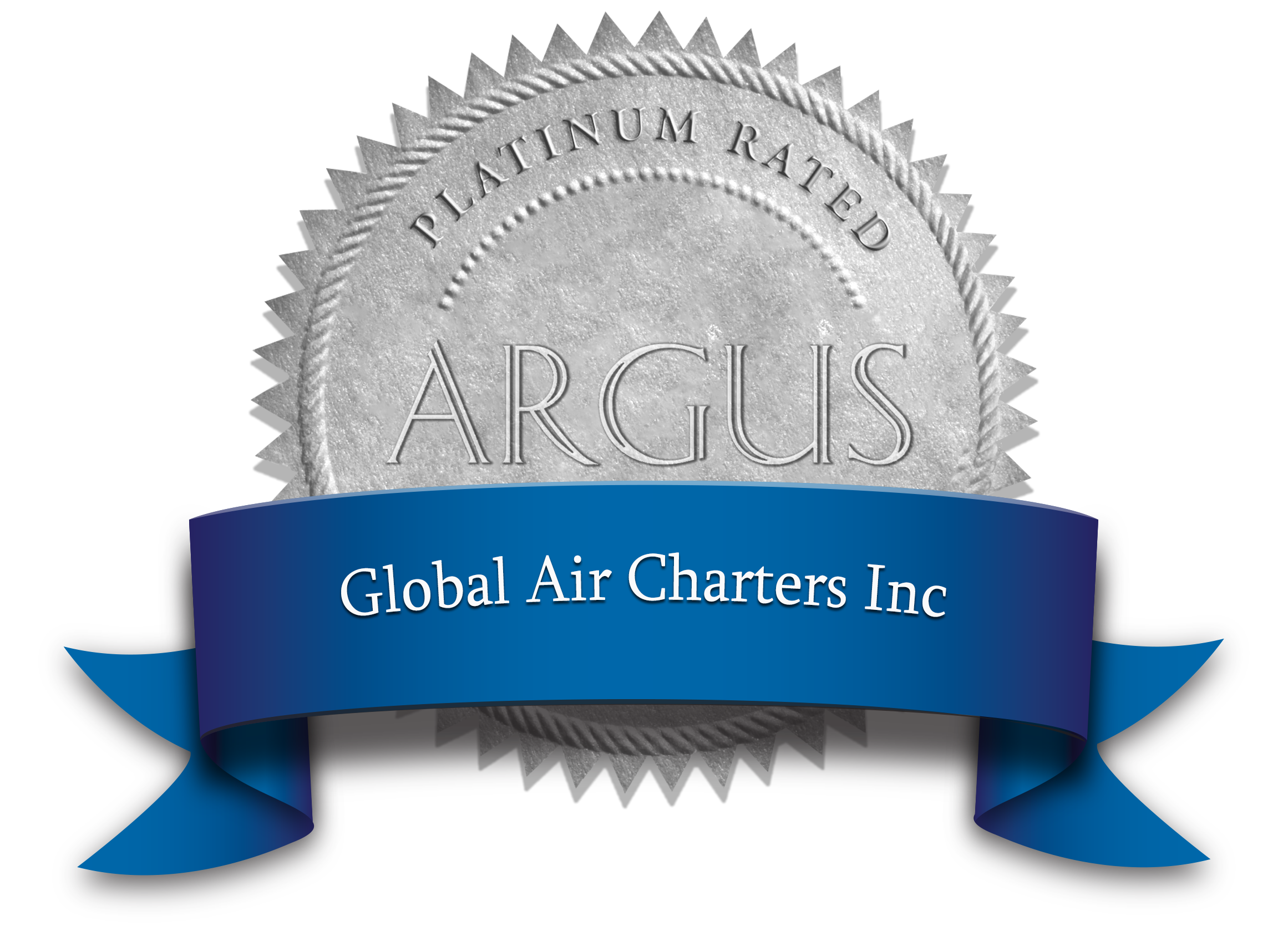Jet buyers beware — the maintenance programs associated with an airframe hugely affect its value
Anyone who buys a private jet should have a plan to protect the asset’s long-term value. One of the biggest factors influencing a jet’s value is its maintenance history. When you survey that history, it’s critical to note whether the airframe is enrolled in a comprehensive maintenance program.
The value of maintenance programs in the jet industry cannot be understated. Without them, owners might be responsible for multi-million-dollar repair services to keep their crafts in the air.
Global Air Charters are experts in airframe acquisitions. We seek out airframes that are covered by parts programs and won’t leave their buyers bewildered with maintenance costs. Contact us today to speak with our jet buying professionals about how to avoid these problems.
Here’s a quick overview of maintenance programs, the parts they cover, and ways to future-proof your jet investment.
What are Maintenance Programs — And Why Do They Affect Valuation?
 Maintenance programs are prepaid insurance plans that cover specific components or systems of a private jet. They are essentially an extended warranty on these critical parts. They ensure scheduled servicing, address unexpected repairs, and uphold airworthiness standards. These programs are designed to streamline jet upkeep while minimizing downtime.
Maintenance programs are prepaid insurance plans that cover specific components or systems of a private jet. They are essentially an extended warranty on these critical parts. They ensure scheduled servicing, address unexpected repairs, and uphold airworthiness standards. These programs are designed to streamline jet upkeep while minimizing downtime.
By eliminating unpredictable maintenance costs, these programs help preserve the resale value of the jet. Aircraft not enrolled in maintenance programs often lose market appeal and sell at a significant discount because buyers must anticipate unknown repair expenses.
Worse, re-enrolling an aircraft in a maintenance program after it’s been dropped often incurs hefty reinstatement fees—sometimes reaching hundreds of thousands of dollars. Maintaining continuous enrollment is critical for a jet to retain its value.
Which Maintenance Programs are Most Common?
There are nearly as many private jet maintenance programs as there are systems and components in the jet. The most widely adopted programs among jet owners are:
Engine Maintenance Programs
Engine programs are the most critical for private jets. They cover routine inspections, overhauls, and unscheduled repairs, which can cost multiple millions of dollars per engine. For the Rolls Royce engines on our Gulfstream V aircraft, RR CorporateCare is our engine program of choice.
These programs make costs predictable for one of the most expensive parts of the jet. They also contribute to the jet’s resale value, as buyers can trust the engines are in excellent condition.
Mechanical Protection Plans (MPP)
Mechanical protection plans extend coverage beyond the engines to include airframe systems like landing gear, hydraulic systems, and environmental controls. A program like Bombardier Smart Parts offers MPP-like coverage for its airframes. Many of these plans are flexible, with bespoke coverage that can cover a few or several different systems.
Avionics Protection Programs
 The electronic systems that control aircraft constantly need to be upgraded — and repairs are notoriously expensive. Programs like Honeywell Avionics Protection Plan (HAPP), Collins Avionics Service Program (CASP), or JSSI’s MSP-A offer robust avionics protection.
The electronic systems that control aircraft constantly need to be upgraded — and repairs are notoriously expensive. Programs like Honeywell Avionics Protection Plan (HAPP), Collins Avionics Service Program (CASP), or JSSI’s MSP-A offer robust avionics protection.
These programs offer various amounts of coverage for repairs to navigation, communication, and flight control systems. They also cover certain software upgrades, which are essential for maintaining compliance with evolving regulatory standards.
Auxiliary Power Unit (APU) Programs
The APU provides power for aircraft systems while on the ground and is another costly component to maintain. Programs like Honeywell MSP can cover APU overhaul, repairs, and troubleshooting, and ensure that owners avoid unforeseen costs.
Future-Proofing Your Jet with Avionics Upgrades
Modernizing your aircraft’s avionics isn’t just a regulatory necessity—it’s a strategic investment. Key upgrades such as FANS-1/A (Future Air Navigation System) and ADS-B (Automatic Dependent Surveillance-Broadcast) enhance navigation accuracy and situational awareness. These programs ensure compliance with global airspace requirements.
Aircraft equipped with these systems avoid airspace restrictions imposed on non-compliant jets. The other option is retrofitting legacy aircraft via Supplemental Type Certificates (STCs). These can be prohibitively expensive, often costing hundreds of thousands of dollars, depending on the jet. Private jet buyers almost exclusively demand these upgrades to be already in place before they consider a purchase.
Maintenance Programs and Value Retention
Enrolling in maintenance programs and upgrading avionics translates directly to higher valuations. These features mitigate perceived risk and make pricing negotiations more favorable for sellers.
Contact our airframe purchasing experts to learn more about the key strategies to employ and how to avoid the pitfalls of buying a private jet.




